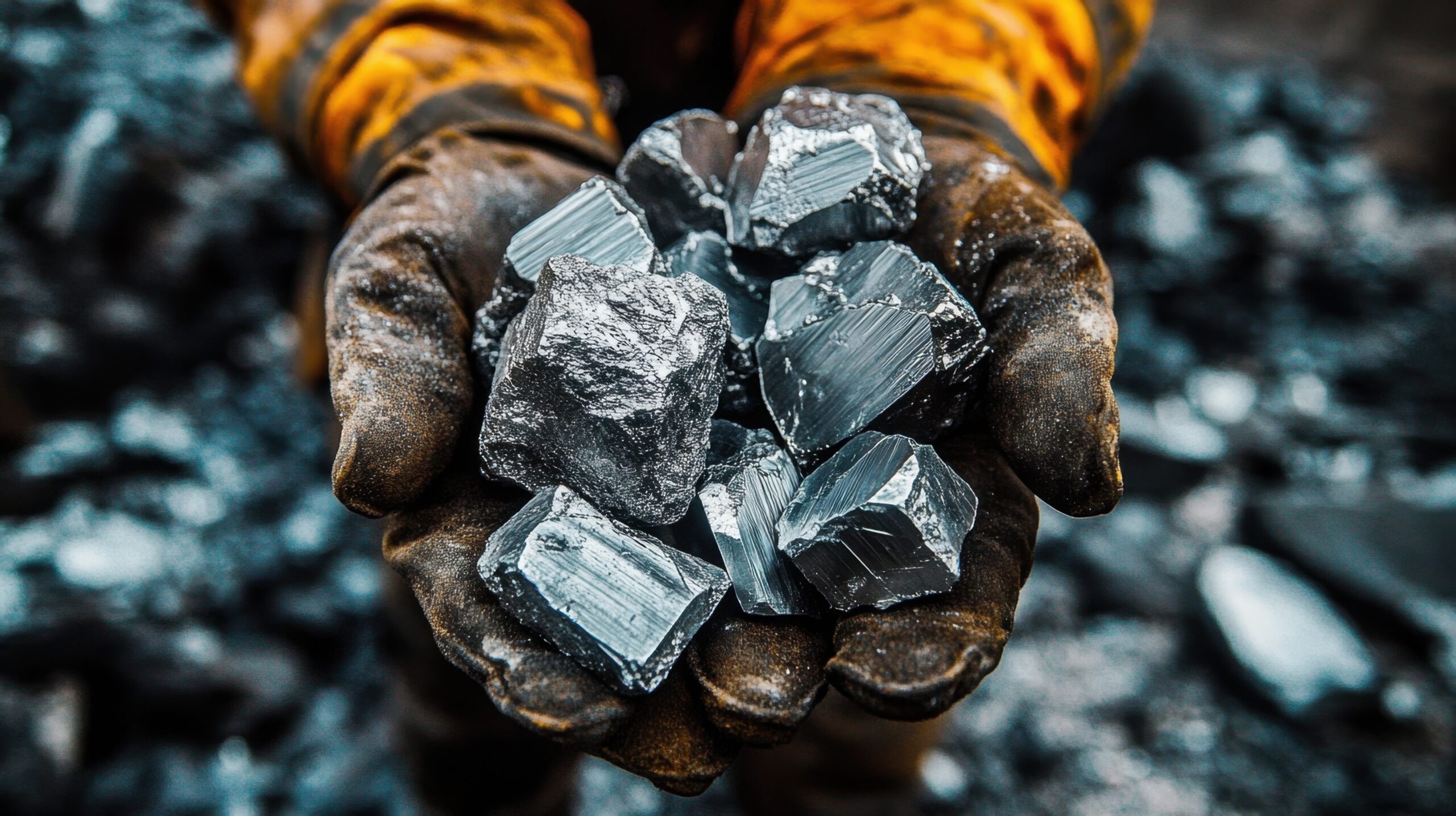
The U.S. remains locked in a strategic race to secure and diversify its Rare Earth Element (REE) supply chain, a critical national security vulnerability exposed by global dependencies.
These 17 metallic elements – critical for magnets in precision-guided munitions, jet engines, and military sensors – are predominantly mined, refined, and processed by China. This near-monopoly creates a severe defense vulnerability, prompting a significant, multi-billion-dollar shift by Washington toward direct government intervention in markets formerly kept independent from public oversight.
With Washington scrambling to secure REE supply sources outside the grasp of China, the Trump administration is wielding the power of the government to intervene in markets formerly kept independent from direct public oversight.
The Investment Push: Public-Private Partnerships
The foundation for the new supply chain is being laid through key public-private partnerships (PPPs):
- The MP Materials Cornerstone: A major step occurred in July when the Department of Defense announced a PPP with the largest U.S. rare earth producer, MP Materials. This initial deal included significant investments – an announced $400 million equity stake and $150 million debt investment – and crucially, guaranteed price floors. This arrangement provides a protective shield against Chinese attempts to dump REEs into the market and disrupt the delicate economics of U.S. mining and production.
- Diversifying the Initial Pipeline: Beyond MP Materials, Washington targeted other early-stage investments to mitigate the risk of backing a lone domestic player. These included a 5 percent equity stake in Lithium Americas and a stake in its Thacker Pass mining project in Nevada, as well as other potential investments aimed at bolstering international allies. Reports also noted interest in ventures like an equity stake in Critical Metals (developing Greenland’s Tanbreeze deposit) and a stake in Trilogy Metals Inc., a Canadian company.
- The Global Fund: A crucial step for long-term security involved the proposal for a $5 billion fund established through the U.S. International Development Corp in a joint venture with Orion Resource Partners. This fund is explicitly designed to invest in the mining and processing of critical minerals vital for both defense and the clean energy transition, linking national security with the future economy.
What is noteworthy in all this is not only the Trump administration’s divergence from traditional Republican Party free market orthodoxy, but the use of state interventionism to secure strategic industries and material. The shift is a necessity in a global market distorted by China’s product dumping and U.S. supply chain vulnerability, issues laid bare during the Covid pandemic and Western efforts to support Ukraine in its defense against Russia’s invasion.
After years spent identifying and discussing crucial gaps in industrial supply chains—and more specifically, in defense production—Washington is finally waking up. The era of endless studies and policy recommendations is over; the time for swift, concrete action to address strategic critical shortfalls is now.
Dan Darling is Forecast International’s director of military and defense markets. In this role, Dan oversees a team of analysts tasked with covering everything from budgeting to weapons systems to defense electronics and military aerospace. Additionally, for over 17 years Dan has, at various times, authored the International Military Markets reports for Europe, Eurasia, the Middle East and the Asia-Pacific region.
Dan's work has been cited in Defense News, Real Clear Defense, Asian Military Review, Al Jazeera, and Financial Express, among others, and he has also contributed commentary to The Diplomat, The National Interest and World Politics Review. He has been quoted in Arabian Business, the Financial Times, Flight International, The New York Times, Bloomberg and National Defense Magazine.
In addition, Dan has made guest appearances on the online radio show Midrats and on The Media Line, as well as The Red Line Podcast, plus media appearances on France 24 and World Is One News (WION).




